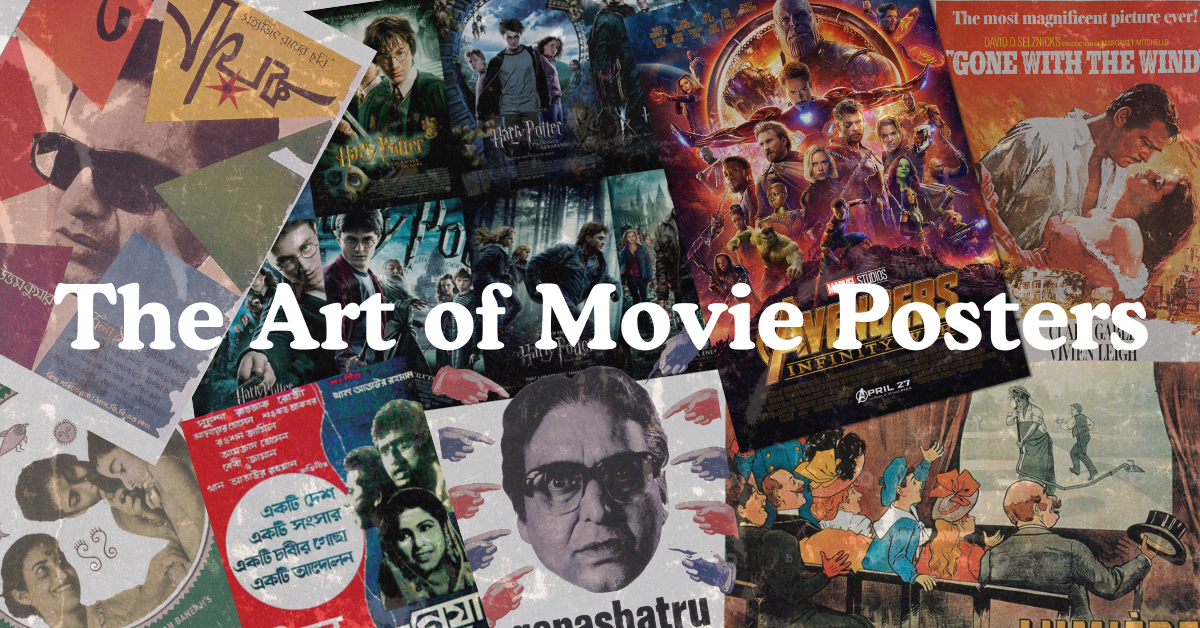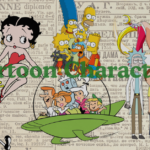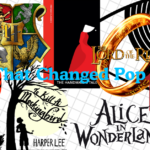A Portal to Other Worlds
Growing up, the movie posters on my bedroom wall weren’t just decorations—they were portals to other worlds. I remember saving up to buy a *Pulp Fiction* poster at a flea market. The bold colors, Uma Thurman’s piercing gaze, and the cigarette in hand—it wasn’t just an image; it was a mood, a story, a piece of cinematic art that made me feel connected to the film in a way nothing else could. Movie posters have always been more than marketing tools. They’re snapshots of an era, combining visual art, typography, and storytelling to capture the essence of a film. From the hand-painted posters of the 1950s to today’s digital masterpieces, each design tells a story that transcends the screen.
Why Movie Posters Matter
Movie posters are a time capsule. A single design can evoke the mood of a decade, reflect cultural shifts, or define a generation’s aesthetic. Think of the retro charm of ‘Back to the Future’, the minimalist genius of ‘Jaws’, or the vibrant chaos of Bollywood posters. These designs aren’t just art—they’re cultural landmarks that inspire artists, designers, and fashion creators alike.
The graphic energy of movie posters—bold colors, striking imagery, and iconic fonts—translates seamlessly into modern fashion. Streetwear brands have long drawn inspiration from these designs, recreating poster art on t-shirts, hoodies, and accessories. A ‘Star Wars’ graphic tee isn’t just an outfit choice; it’s a statement of fandom, nostalgia, and cultural connection.
There’s something deeply personal about movie posters. They remind us of the films that shaped our dreams, the characters that felt like friends, and the stories that stayed with us. Wearing a design inspired by a favorite poster is like carrying a piece of that story with you—an emblem of your tastes, values, and memories.
Bringing Poster Art to Life
Start by revisiting your favorite films and their posters. Which ones spoke to you the most? Was it the vintage elegance of Hitchcock’s thrillers or the vibrant chaos of Marvel’s ensemble casts? Look for streetwear that incorporates these designs or experiment with creating your own DIY fashion pieces using iconic imagery.
At InkspiredBD, we honor the timeless art of movie posters by reimagining them in bold, wearable designs. Whether it’s a classic Hollywood blockbuster or a niche indie film, our pieces let you showcase your cinematic passions while making a style statement. Check out our collection to find the poster-inspired design that speaks to you.
Pair a bold graphic tee featuring a vintage poster with distressed jeans for a casual look, or layer it under a tailored jacket for a mix of modern and retro. The key is to let the artwork shine—your outfit becomes a canvas for storytelling.
Wear Your Passion
Movie posters aren’t just relics of the past; they’re timeless pieces of art that continue to inspire creativity and self-expression. By embracing poster-inspired fashion, you’re not only celebrating the films you love but also carrying their stories into the future. So why not make your wardrobe a tribute to cinematic art? Explore InkspiredBD’s latest collection and find the perfect piece that lets you wear your passion on your sleeve.





